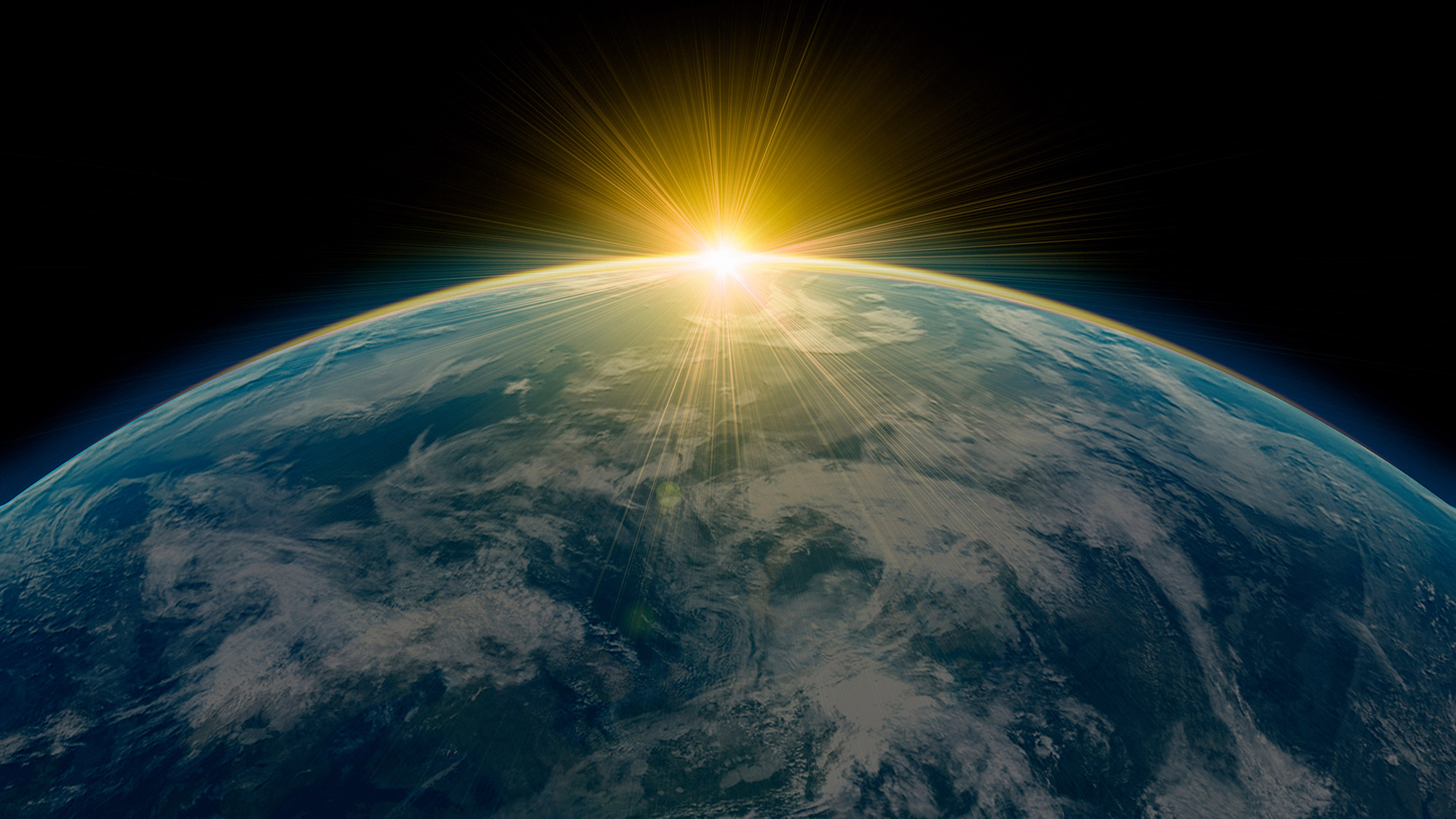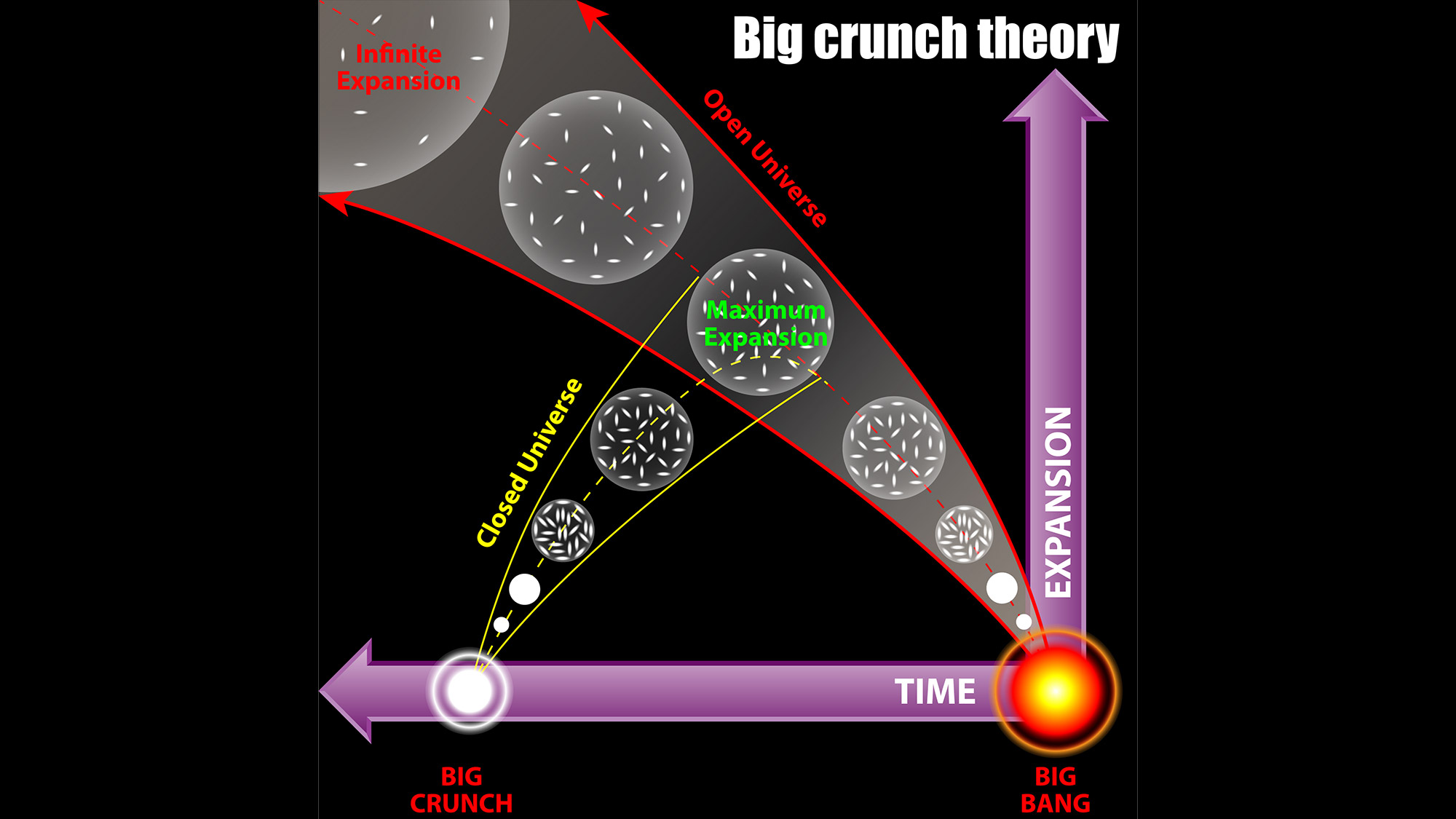Earth and humanity

On that third, watery world, between 3.8 and 3.5 billion years ago (depending on whom you ask), tiny, simple microbes winked into existence. These life-forms emerged and evolved into wondrous sea monsters and gigantic, leaf-eating dinosaurs. Eventually, about 200,000 years ago, along came upright creatures capable of marveling at our mysterious universe and discovering how the whole thing came to be.
The end (or not?)

Of course, that isn't the end of things. Physicists still don't quite know what's in store for the universe. That depends on the details of dark energy, a still-mysterious force driving apart the cosmos and whose properties have not been well measured. In one possible future, the universe will continue to expand forever, long enough that all the stars in all the galaxies will have run out of fuel, and even black holes will evaporate into nothing, leaving behind a dead cosmos permeated by inert energy. Or, gravity will eventually overcome dark energy's expansionary force, pulling all matter back together in a sort of reverse Big Bang known as the Big Crunch. Alternatively, dark energy could accelerate everything apart farther and farther from everything else, creating what's known as the Big Rip, in which the cosmos literally tears itself apart.
Sign up for the Live Science daily newsletter now
Get the world’s most fascinating discoveries delivered straight to your inbox.

Adam Mann is a freelance journalist with over a decade of experience, specializing in astronomy and physics stories. He has a bachelor's degree in astrophysics from UC Berkeley. His work has appeared in the New Yorker, New York Times, National Geographic, Wall Street Journal, Wired, Nature, Science, and many other places. He lives in Oakland, California, where he enjoys riding his bike.










